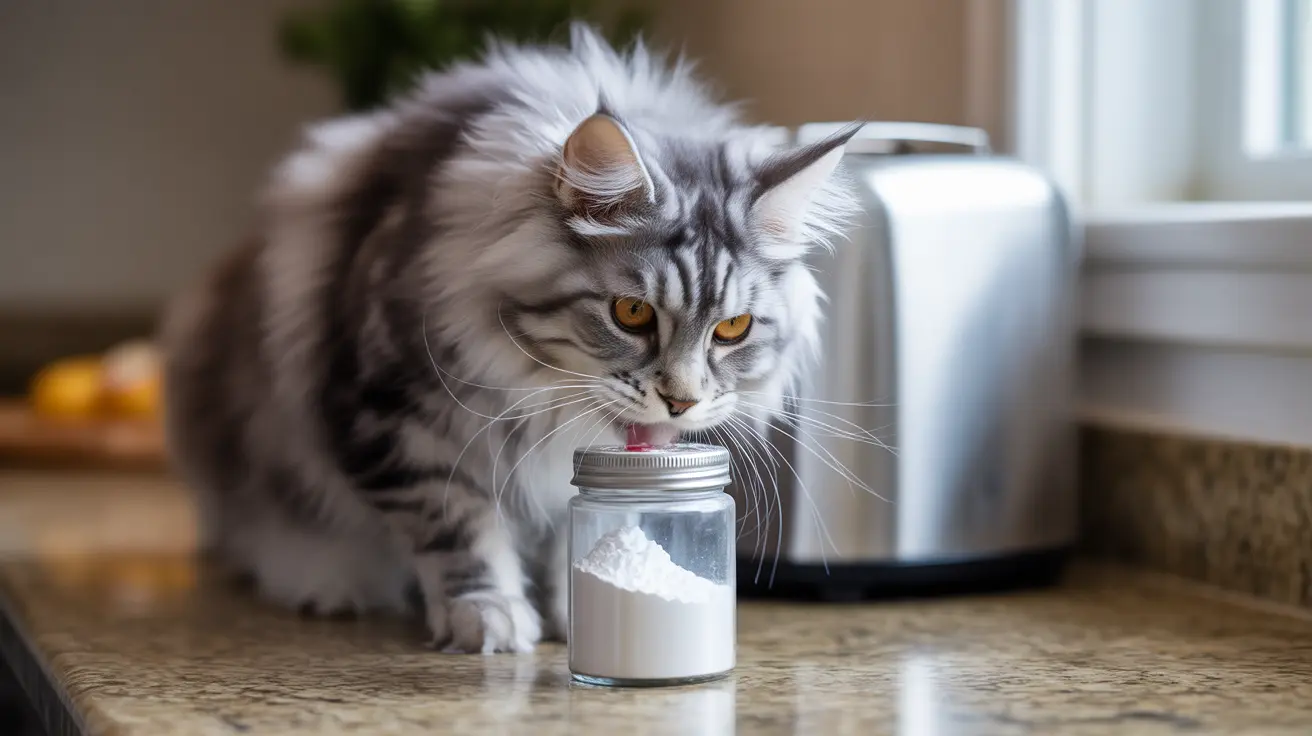Understanding Epulis in Dogs: Causes, Symptoms, and Treatment
If you notice a lump or unusual growth on your dog's gums, it's natural to feel concerned. One possibility is epulis, a common oral tumor in canines. While the word 'tumor' can sound alarming, epulides (the plural of epulis) are typically benign and treatable.
What Is Epulis?
An epulis is a non-cancerous growth that arises from the periodontal ligament—the tissue connecting the tooth to the jawbone. These tumors usually develop along the gumline, most often near the premolars and molars. They can appear as small nodules or larger masses, sometimes with a smooth surface or even an ulcerated appearance if they become irritated.
Types of Epulis
- Fibromatous epulis: Made up of fibrous connective tissue; these are firm and pink.
- Ossifying epulis: Contains bone-like material within the mass; tends to be harder than other types.
- Acanthomatous ameloblastoma (acanthomatous epulis): More locally aggressive and can invade bone, but still considered benign as it doesn't spread to distant organs.
The type of epulis helps guide treatment decisions and prognosis. A veterinarian will often recommend a biopsy to determine which form your dog has.
Causes and Risk Factors
The exact cause of epulides isn't fully understood. However, several factors may increase risk:
- Poor dental hygiene leading to chronic inflammation
- Genetic predisposition (certain breeds like Boxers are more prone)
- Age—these tumors are more common in middle-aged to older dogs
While any dog can develop an epulis, keeping your pet's mouth healthy may help lower risk.
Symptoms to Watch For
You might notice one or more of these signs if your dog has an epulis:
- A visible lump or mass on the gumline
- Drooling more than usual
- Trouble chewing or picking up food
- Mouth bleeding (especially if the mass is traumatized)
- Persistent bad breath
Some dogs show no symptoms at all, especially if the tumor is small and not interfering with eating or closing their mouth.
Diagnosis: What to Expect at the Vet
If you spot something unusual in your dog's mouth, schedule a veterinary visit. The vet will perform a thorough oral exam—sometimes under sedation for a better look—and may recommend:
- A biopsy (removing a small piece of tissue for analysis)
- X-rays to check for bone involvement
This helps distinguish an epulis from other oral masses like malignant tumors or cysts.
Treatment Options for Epulis in Dogs
The mainstay of treatment is surgical removal. The approach depends on size and location:
- If the mass is small and hasn't invaded bone, simple excision may suffice.
- Larger or acanthomatous types may require removing part of the affected jawbone (mandibulectomy or maxillectomy) to prevent recurrence.
Your veterinarian will discuss anesthesia risks and post-surgical care. Most dogs recover quickly after surgery and return to normal eating habits within days. In rare cases where surgery isn't possible, radiation therapy might be considered for certain types like acanthomatous ameloblastoma.
Prognosis: What Happens After Treatment?
The outlook for dogs with epulis is generally excellent after complete removal. Recurrence rates are low for fibromatous and ossifying types when excised thoroughly. Acanthomatous ameloblastomas have a higher chance of returning if not removed with wide margins but don't metastasize elsewhere in the body.
Caring for Your Dog's Oral Health
- Brush your dog's teeth regularly using pet-safe toothpaste.
- Schedule annual dental checkups with your vet.
- Offer dental chews approved by veterinarians to help reduce plaque buildup.
- Monitor your dog's mouth for any new lumps, swelling, or changes in eating behavior.
If you see anything unusual—like bleeding gums or persistent bad breath—don't wait for it to resolve on its own. Early intervention makes treatment easier and improves outcomes.
The Takeaway: Stay Vigilant but Don't Panic
An epulis diagnosis sounds scary at first glance, but most cases respond well to surgery without lasting effects on quality of life. Keeping up with dental care and regular veterinary visits gives your dog the best shot at catching oral issues early—and keeping that tail wagging happily through every meal!





